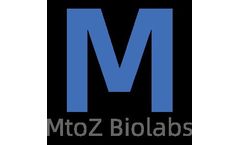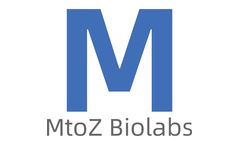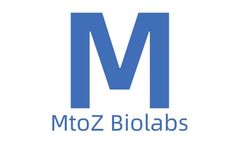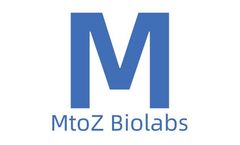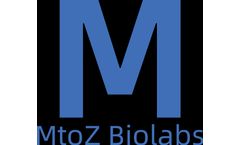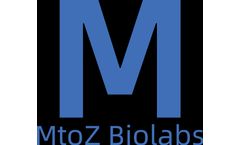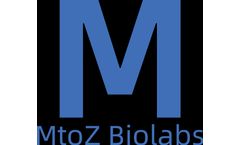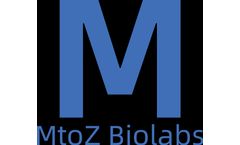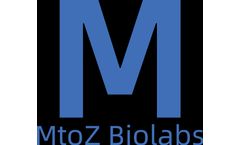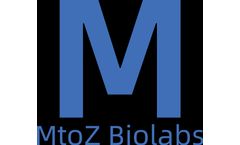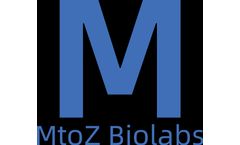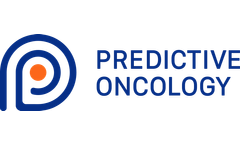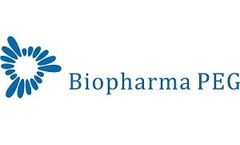Biopharma To Participate In Panel Discussion On Investment Opportunities In China Hosted By Duane Morris And The Chinese Biopharmaceutical Articles & Analysis: Older
93 articles found
Recombinant protein drugs refer to protein products that originate from animals and plants and are developed through biotechnology research. These protein drugs exhibit certain biological activity and can prevent, diagnose, and treat diseases in humans, animals, and plants. Compared with small molecular drugs, recombinant protein drugs offer advantages such as high activity, high specificity, and ...
Antibody drugs are a kind of drugs that treat diseases through artificially synthesized antibodies, achieving therapeutic purposes by specifically binding with target molecules. Common types of antibody drugs include monoclonal antibodies, artificially synthesized antibody fragments, immunotoxins, antibody-drug conjugates, etc. Antibody drugs have shown remarkable therapeutic effects in the ...
Human brain has approximately 171 billion cells, of which slightly more than half (approximately 86 billion) are nerve cells. These 86 billion nerve cells are a diverse cell population with hundreds of specialized types and functions, but all originate from three neural cell lineages--neurons, oligodendrocytes and astrocytes. All three cell lineages originate from a pool of neural stem and ...
Recombinant protein vaccines are vaccines prepared by expressing and purifying the antigen proteins of pathogens in engineered cells (such as bacteria, yeast, mammalian cells, and insect cells) using genetic engineering technology. Compared with other types of vaccines, recombinant protein vaccines are more costly but have significantly better safety profiles. The intrinsic fluorescence of a ...
Recombinant protein drugs are protein-based therapeutic drugs which are produced by using DNA recombination technology or other biotechnological methods. These drugs include cytokines, peptide hormones, recombinant enzymes, monoclonal antibodies, and fusion proteins. Compared to traditional low-molecular-weight synthetic drugs, recombinant protein drugs have advantages such as high specificity, ...
Host cell protein (HCP) residual detection refers to the testing of proteins that may remain in the final product and originate from the production cell line (i.e., the "host") during the biopharmaceutical production process. This testing is crucial because these host cell proteins (HCPs) may impact the safety, efficacy, and quality of drug products.In the fields of biotechnology and ...
HCP (Host Cell Proteins) residual detection is a key quality control step in the field of biopharmaceuticals, aiming at ensuring that the proteins of the host cells used for producing therapeutic proteins in any cell-based production system are maintained at acceptable low levels in the final drug product.ImportanceHCPs are impurities during the production process, which may adversely affect the ...
Host protein residue detection is an important quality control step in the biopharmaceutical process. In biopharmaceuticals, cell lines (hosts) are typically used to produce proteins or other biological products. These cell lines could be bacteria, yeast, mammalian cells, etc. After the production process is over, the product needs to go through multiple purification steps to remove non-target ...
Understanding Clonality Analysis Clonality refers to the origin of a cell population from a single 'parent' or progenitor cell through asexual reproduction or division. This concept is vital in cancer studies as it helps track the development of tumor cells from a single mutated cell. Clonality analysis is thus essential in understanding the evolution and the spread of cancerous cells in a ...
Therapeutic monoclonal antibodies (mAbs) are a class of antibody drugs that are highly uniform and have pharmacological effects against a single epitope obtained through molecular biology. In the process of new drug development, the study of pharmacokinetics is of great significance. The result can be used to guide the screening and development of drugs, and support the evaluation of their ...
Polyethylene glycol (PEG) derivatives have become pivotal in the pharmaceutical industry, revolutionizing drug delivery systems and enhancing the efficacy of various therapeutic agents. The unique properties of PEG derivatives, including their biocompatibility and ability to modify the solubility, stability, and bioavailability of drugs, make them indispensable in modern pharmacology. This ...
Biopharmaceuticals and personalized medicine are hot fields in the development of the pharmaceutical industry today. Proteins, peptides, and antibodies are important molecules in the body and are important objects of research in biopharmaceuticals and personalized medicine. With the continuous advancement of protein, peptide, and antibody sequencing technology, they are playing an increasingly ...
Antibody drug glycosylation analysis is a critical bio-pharmaceutical analysis method, specifically used to evaluate and monitor the glycan structures on antibody drugs. Glycosylation analysis is crucial for ensuring the safety, efficacy, and consistency of drugs, as the structure and composition of glycans directly influence the bioactivity and pharmacokinetic properties of antibody ...
Peptide drugs are bioactive molecules composed of multiple amino acids connected by peptide bonds. Typically, they are made up of 10~100 amino acids, with a relative molecular mass less than 10,000. Most peptide drugs are derived from endogenous peptides or natural peptides, so they have little or no side effects on the human body. Compared with protein drugs, peptide drugs also have advantages ...
Peptide drugs are bioactive molecules formed by connecting multiple amino acids through peptide bonds. Generally, they are formed by connecting 10-100 amino acids, with a relative molecular mass lower than 10000. Most peptide drugs come from endogenous peptides or natural peptides, so they have no or little side effects on the human body. Compared to protein drugs, peptide drugs also have ...
Oncology drug development makes up almost half of the annual R&D expenditure of biopharmaceutical companies. Only 10% of drugs advanced to the clinical stage are successfully brought to market, with half of all failures attributed to lack of clinical efficacy. This means that approximately $60 billion dollars are spent annually on unsuccessful drugs.1,2 Contributing to these unchecked costs ...
Watertown, MA, July 22, 2024 – Biopharma PEG, a top supplier of PEG derivatives, is excited to introduce its new line of monodispersed PEGs. These specially sized polymers are designed to improve the stability and delivery of proteins and peptides in drugs. They are essential for Antibody-Drug Conjugate (ADC) linkers, Proteolysis Targeting Chimeras (PROTAC) linkers, and PEGylated proteins ...
Genomic engineering in cell lines is a versatile tool for studying gene function, designing diseases models, biopharmaceutical research, drug discovery and many other applications. CRISPR (Clustered Regulatory Interspaced Short Palindromic Repeats)/Cas9 systems is a newly developed yet the most popular method for genome editing. It has been widely used in current biology, functional genome ...
Stable cell lines are the preferred expression systems for producing recombinant proteins, especially for producing large, complex proteins with post-translational modifications. The most common mammalian cell line used for recombinant protein production is the Chinese hamster ovary (CHO) cell line. A large portion of recombinant biopharmaceutical proteins is involved in utilizing CHO-based cell ...
The quest for transformative cell and gene therapies has ignited a wave of innovation in biopharmaceuticals. As the industry races to unlock these treatments’ full potential, the intricacies of therapy development present unprecedented challenges. From navigating a highly regulated environment to ensuring streamlined workflows for quality products within tight deadlines, the journey is ...

